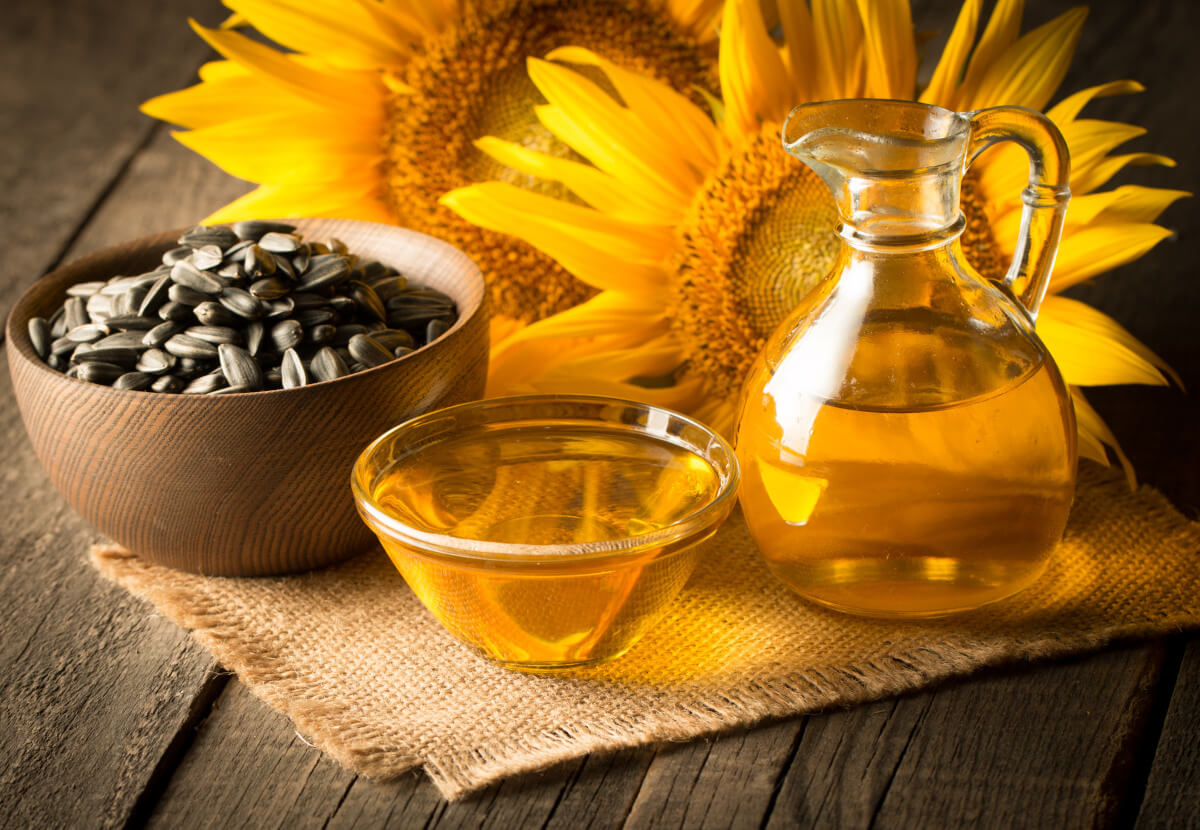Insight Focus
- Ukraine is the largest sunflower producer and exporter in the world.
- Its honey producers rely on sunflowers for nectar.
- Plantings of sunflower in 2022 could fall by as much as 48%, potentially hitting beekeepers.
Ukraine is the largest sunflower seed producer in the world and one of the top ten exporters of honey. There is a synergy between these two products because Ukrainian honey production is largely dependent on bees gathering nectar from sunflowers and the bees pollinate the plants.
After the Russian invasion, Ukraine’s sunflower plantings took a hit as did honey production and exports because if there are fewer sunflowers available then that directly affects honey production. Even though Ukraine is starting to recover, sunflower plantings for the next couple of years will be affected. As a result, major importers of honey will have to look to other countries.
Ukraine is the largest sunflower producer and exporter
Ukraine has been the world’s top producer of sunflower seed since 2008, producing around one third of the world’s sunflower oil. The war means Ukraine is now projected to become the world’s third-largest exporter of sunflower meal and oil. Sunflower seed exports have increased significantly in the past decade. However, sunflower seed production is expected to decrease after Russia’s invasion of Ukraine. Which means that sunflower seed exports will also decrease.
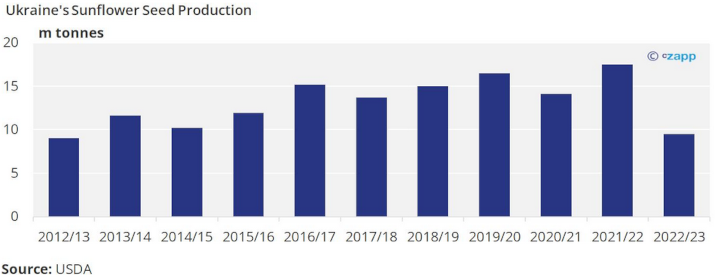
For 2022/23 Ukraine’s sunflower area is expected to decrease by 48%. Most honey production in Ukraine takes place in the Northern and Southern regions of the country around sunflowers. Which means that there are less sunflowers to aid honey production.
In Ukraine, honey is produced by many beekeepers, meaning that there are no large companies that breed bees and harvest the honey. There are about 400,000 beekeepers in Ukraine producing around 76k tonnes of honey each year. Besides the 10% that is usually lost to the winter and pests, honey production for 2022 has been heavily impacted by Russia’s invasion of Ukraine. With Russia’s invasion of Ukraine many apiaries were destroyed or left unattended as they were close to the front lines or beekeepers left to fight in the war. Beekeepers also struggled to pick up the different products needed to care for the bees as airports and warehouses were closed.
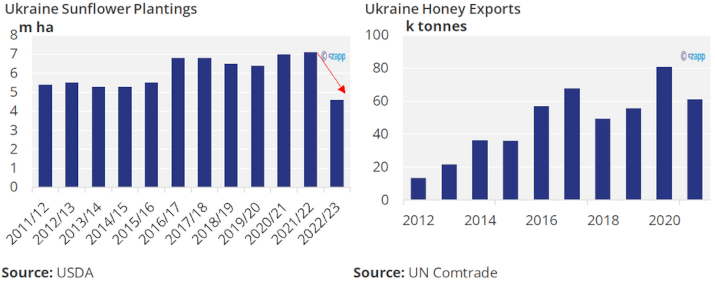
Honey exports took a hit after the pandemic and just when they were starting to recover, Russia’s invasion of Ukraine came to decrease honey exports again. As sunflower plantings decrease so will honey production and exports.
What happens if there is a smaller honey supply from Ukraine?
The main regions that will be affected by the decrease in honey supply from Ukraine are the EU and the US. In 2021, Ukraine was the number one exporter of honey to the EU and among the top ten exporters to the US.
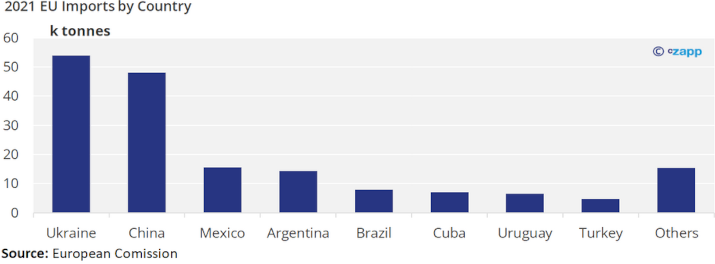
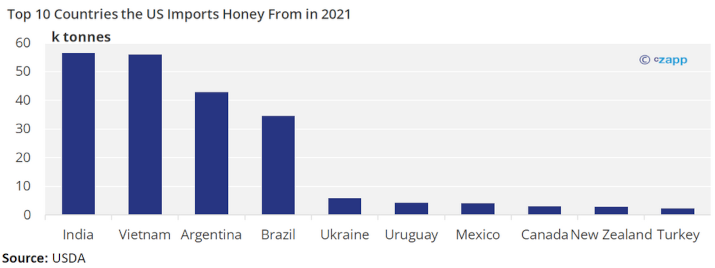
With the war between Russia and Ukraine, earlier this year, the EU and the US had to increase imports from Asia. The US has imported 52% less honey in January-June from Ukraine than a year earlier.
What does this mean for global honey supply?
Ukraine’s role as the world’s largest source of sunflower oil and seeds meant the disruption to global supply was felt and reported on immediately. However, the damage to the sunflower sector from the Russian invasion has also affected its role as a key exporter of honey to the EU and US in particular. This has opened the door to increased imports from Asia, some of which have turned out to be “fake honey”. In the US, the authorities have used anti-dumping measures, and in the EU, they have introduced labelling rules to counter this practice.
Are there any measures in place to increase honey production in Ukraine?
Beekeepers in Ukraine are facing multiple obstacles to return to normal production levels. However, beekeepers from other countries have come together to raise funds to help Ukrainian beekeepers get back on their feet. In addition, bees are quite resilient, and they are still able to produce honey that can be harvested by beekeepers. However, the amount of honey produced is expected to be less than previous years.
Other Insights That May Be of Interest…
EU Deploys Labelling Rules to Combat ‘Fake Honey’ Imports
US Struggles to Stem Flood of ‘Fake Honey’ Imports
Explainers That May Be of Interest…
